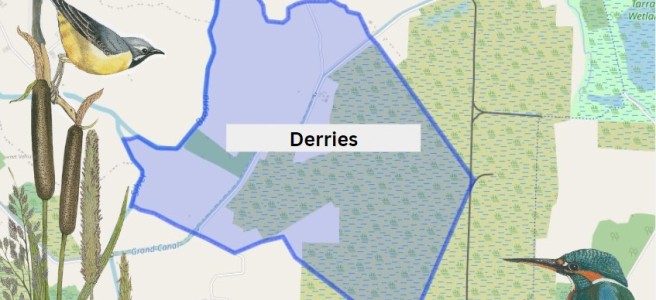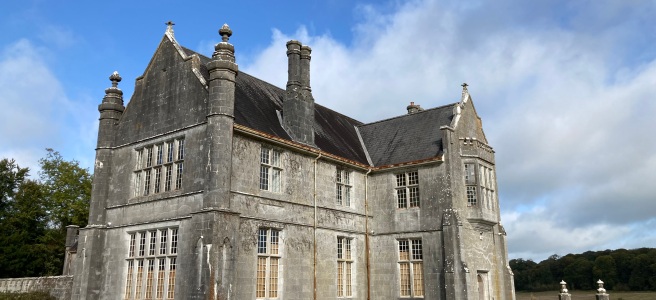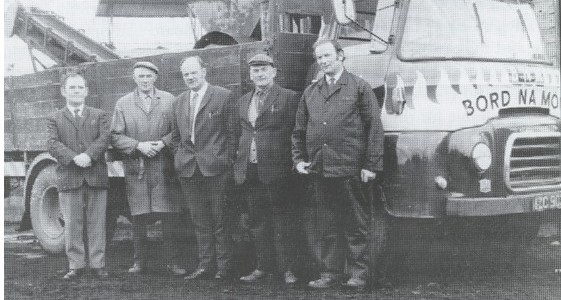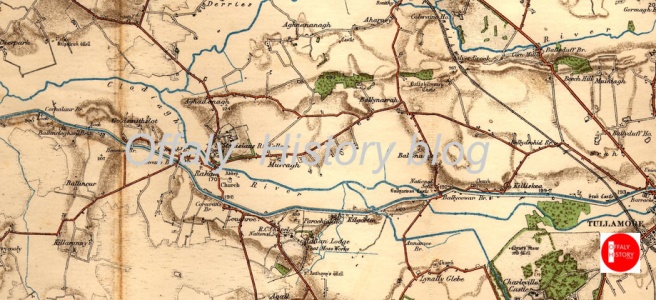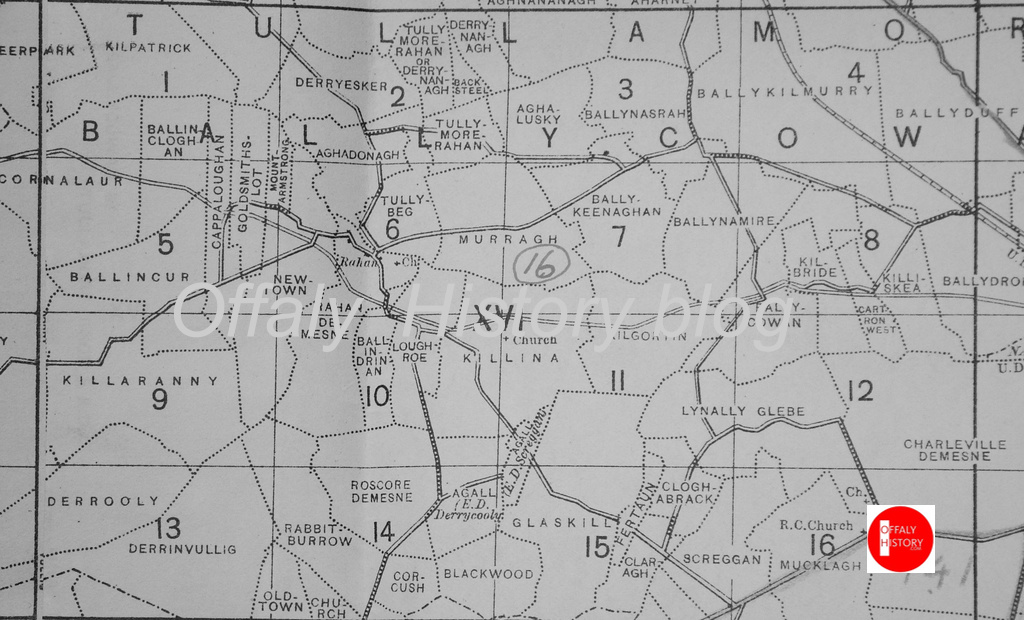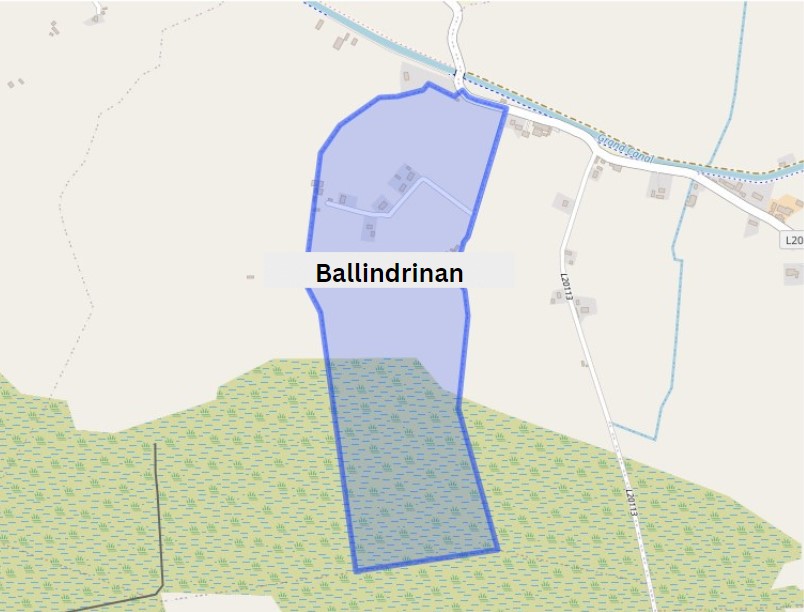John Flanagan the well-known builder and advocate for Tullamore and County Offaly died on 9 May 2024. He was the modest man from the Meelaghans, Puttaghan and Bachelors Walk, Tullamore who invested his whole life in making Tullamore a better place for people to live, work, bank and even pray in. In 2018 he was awarded the Offaly Person of the Year Award. John Flanagan was a realist in the Lemass mode. His focus was on getting things done. At the time Lemass came to be Taoiseach in 1959 John Flanagan was just 28 years old. It was ten more years, in 1968-9, before he got his first major break with the purchase of the Tanyard Lane property in Tullamore from the P.&H. Egan liquidator. The Bridge House, also owned by the Egan firm, was bought soon after by Christy Maye, and thirty years on Tullamore had two fine hotels, developed by the new entrepreneurs of the 1960s and 1970s, on lands that had been part of Egan’s extensive portfolio.
Continue readingRemembering John Flanagan, the Tullamore builder and developer, who died on 9 May 2024. An obituary from Offaly History










